Lenovo Yoga 9i 14 Gen 9 First Impressions
- Paul Thurrott
- Apr 14, 2024
-
10

The Lenovo Yoga 9i 14 is a premium convertible laptop that’s been updated for the AI era with Intel Core Ultra processors, the Lenovo AI Engine+, and a dedicated Microsoft Copilot key. Other than a few minor changes, it appears to be very similar to the 8th generation version I reviewed one year ago. That’s mostly a good thing, though I am curious to see whether the curious touchpad issues I experienced with that PC have been fixed.
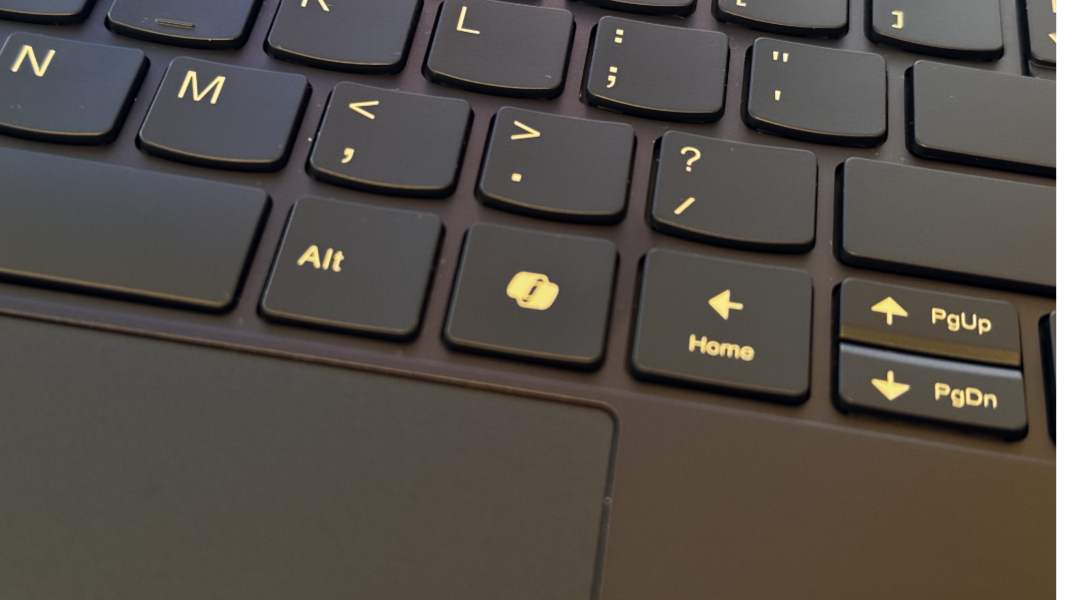
Windows Intelligence In Your Inbox
Sign up for our new free newsletter to get three time-saving tips each Friday — and get free copies of Paul Thurrott's Windows 11 and Windows 10 Field Guides (normally $9.99) as a special welcome gift!
"*" indicates required fields
Indeed, year-over-year comparisons like this are tricky because I send review units back to Lenovo. But I did notice one difference when I compared my photos of the previous model to the new version: I could see that the touchpad is now more tightly aligned to the keyboard, leading me to wonder if the dimensions of the device had changed. And sure enough, the Gen 9 is a bit smaller than its predecessor, at 0.6 x 12.4 x 8.58 inches, compared to 0.6 x 12.52 x 9.06 inches for the Gen 8. It’s also a bit lighter, 2.98 pounds vs. 3.09 pounds.

That said, the basic design carries forward: The Yoga 9i still provides a high-quality all-in-one aluminum CNC body and polished, curved outside edges, the signature Lenovo communications bar protrusion on the display lid, and the innovative rotating sound bar on the hinge that debuted last year. This unit arrived in a dark Cosmic Blue color that I very much prefer to the Storm Grey from 2023. (This year’s gray is called Luna Grey if you prefer a more traditional look.) That said, it can get a bit smudgy from skin oils.

The glossy, bright, and vibrant 2.8K 14-inch OLED display panel was the centerpiece of last year’s Yoga, and that, too, is unchanged. That was one of the most stunningly colorful and bright displays I’ve ever used, as I was instantly reminded when I first powered up this new version. It’s gorgeous, crisp, and clear, like getting a vision upgrade. This is particularly noticeable in the text in desktop interfaces, like that in context menus.
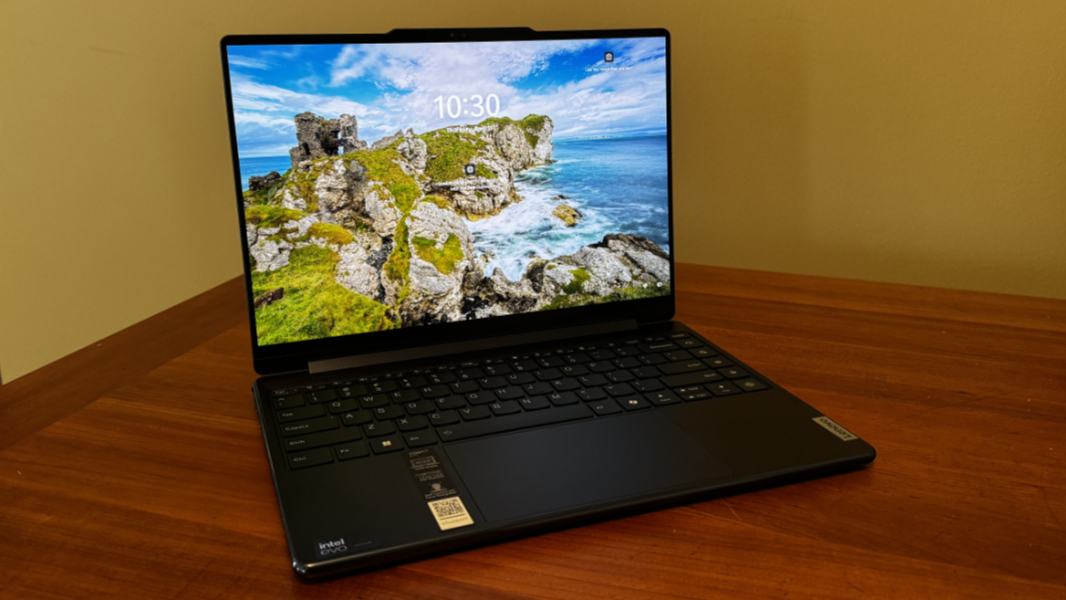
From a functionality perspective, the Yoga 9i retains its versatile convertible form factor, supporting as always the clamshell, stand, tent, and pad (tablet) form factors. (For some reason, Lenovo refers to this PC as a “2-in-1,” but to my mind, Tablet PCs are 2-in-1s, while convertible PCs like this are arguably 4-in-1s.)

Like most people, I will use it mostly as a traditional laptop, in clamshell mode, but this version ships with a smaller, flatter smart pen, the Lenovo Slim Pen, than last year’s version. It connects magnetically to the outside of the display lid, which isn’t adequate for travel. But there’s also a pen holder in the bundled sleeve, which seems like a reasonable compromise for that use case.

We need to discuss the keyboard.
Lenovo makes terrific keyboards, as we all know, and the island-style scalloped keys we often associate with ThinkPad appear in slightly modified form across Lenovo’s other premium product lines, including Yoga. So this will almost certainly be a very good experience.

That said, I’m concerned about the column of so-called “quick keys” on the right of the keyboard: I’m not a fan of this kind of thing—a similar set of keys is my only real issue with the otherwise perfect HP Dragonfly Pro—and feel strongly that the customer should be able to fully redefine them. They’ve been updated since last year, so I’ll need to figure out what that means, but I can’t imagine it makes much of a difference.
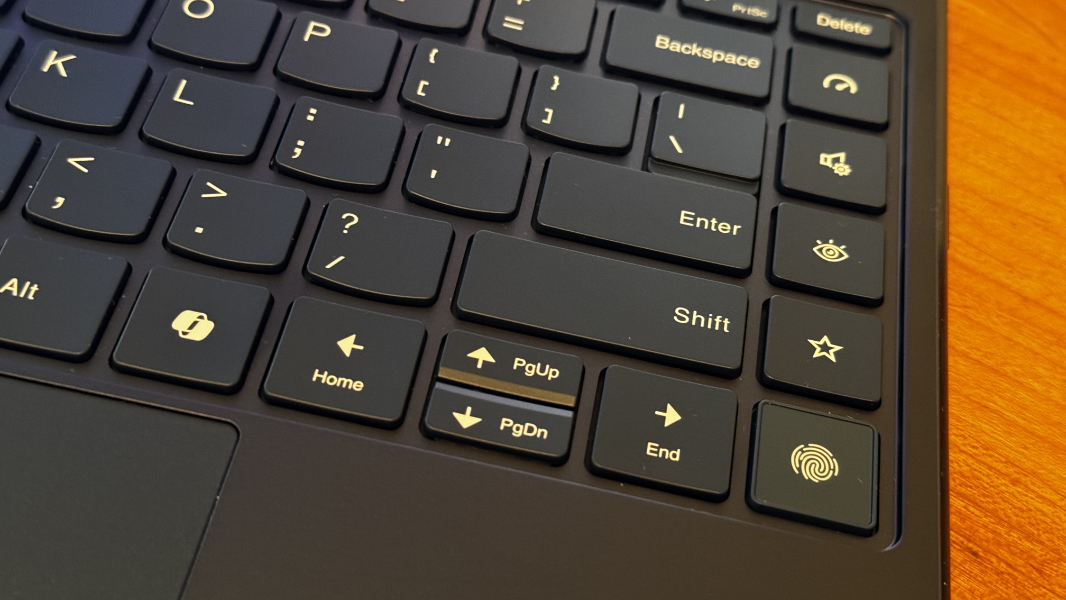
The Yoga 9i provides the same expansion ports layout as its predecessor, with two Thunderbolt 4/USB4 Type-C ports and a single full-sized USB port on the left and a single USB Type-C port (and a headphone/microphone combo port) on the right. I will figure out each port’s exact capabilities by the review, but I like that you can charge the PC from either side of the device, and wish that configuration was more common.

The webcam gets a significant upgrade, jumping from 1080p to 5 MP, and it features an IR sensor for Windows Hello facial recognition. But the privacy shutter is still a manual switch above the camera, and not an electronic feature toggled via the keyboard or some other dedicated button. I feel that premium PCs should offer something more elegant.
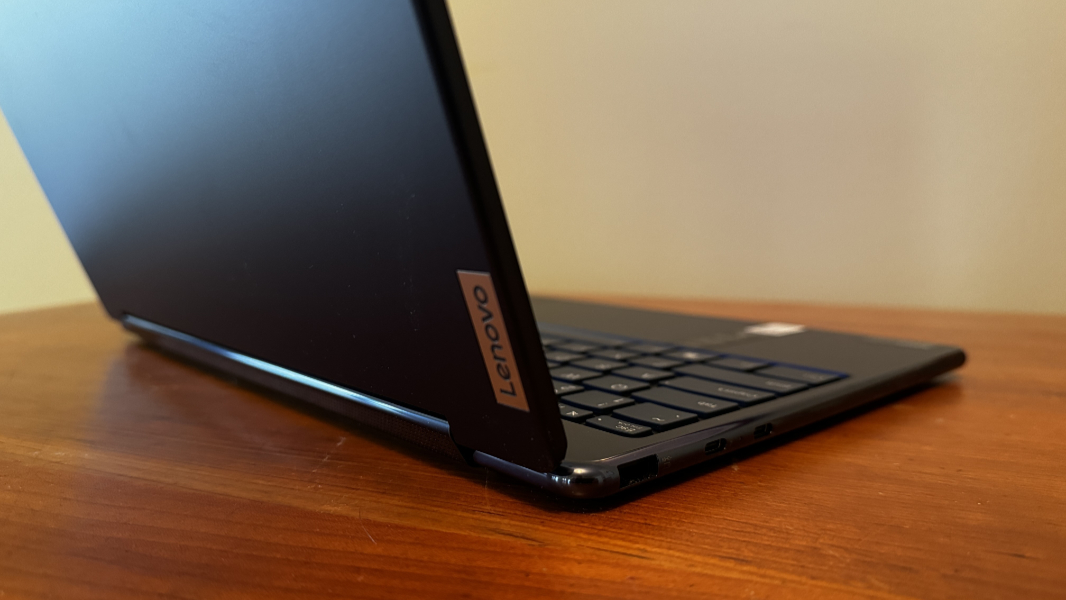
This Yoga is powered by the suddenly common Intel Core Ultra 7 155H processor, with its integrated CPU, GPU, and NPU. There are allegedly processor choices, all Core Ultra 7-based, but this is all I see on Lenovo’s website at the moment. In any event, this is what passes for the state of the art in this slice in time, and you can configure the Yoga with 16 or 32 GB of RAM and up to 1 TB of SSD storage. No surprises there.
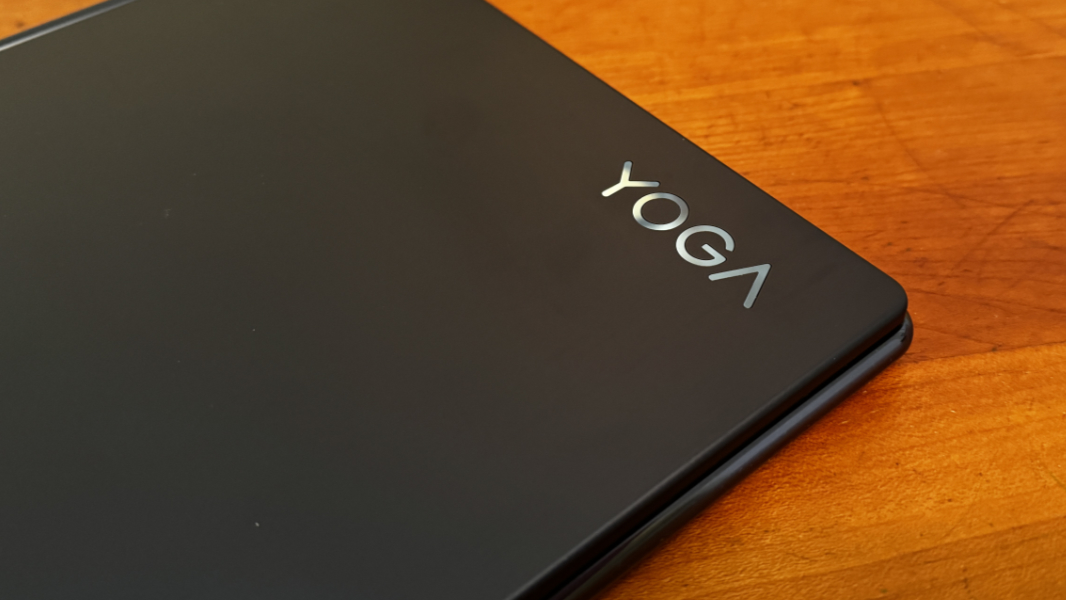
PC makers do what they can to improve the experience across the board, but they also have to make do with whatever choice of components are available at the time. And while the Core Ultra chips are serviceable for day-to-day productivity work from a performance perspective, my experience so far shows that battery life is going in the wrong direction. Maybe Intel will figure that out, maybe not. But in the meantime, Lenovo is working its magic with fast charging, called Rapid Charge Express—you get an additional three hours of battery life with just 15 minutes of charging—and a long list of efficiency optimizations that I believe fall under the AI Engine+ umbrella.
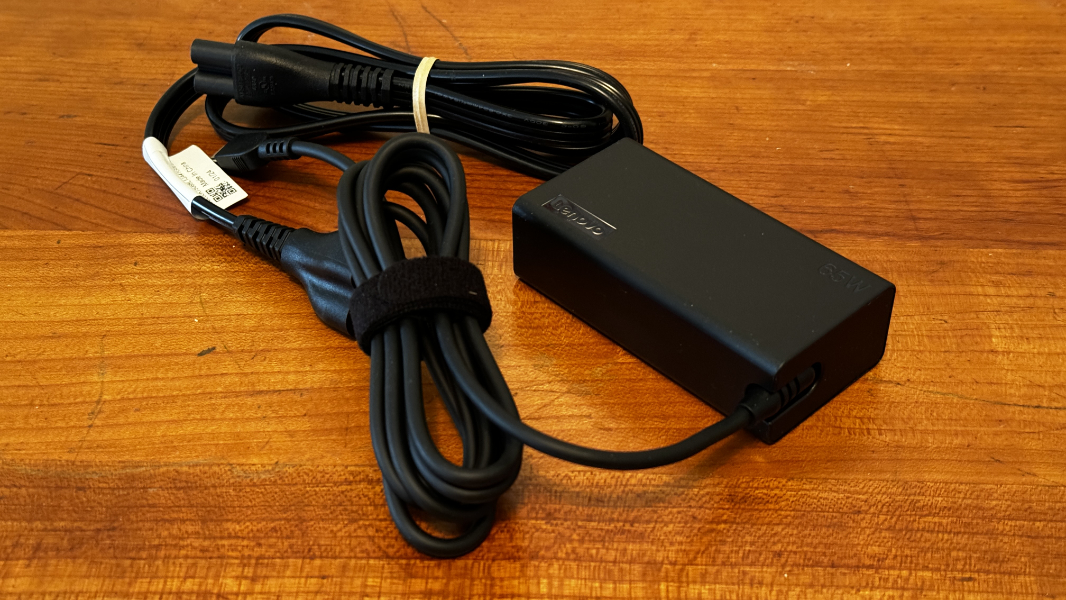
The review unit comes with Wi-Fi 6E and Bluetooth 5.3, though it appears Wi-Fi 7 is optional (or will be). I don’t believe there’s a cellular data option.

Overall, this looks like a solid entry in the premium portable PC market, and a laptop that will appeal to prosumers and business travelers alike. Pricing starts just under $1500, but the list of upgrades—Windows 10 Pro, a single storage upgrade from 512 GB to 1 TB, a single display resolution upgrade, and a few other things—is both short and reasonable. Aside from software upgrades, you’re still looking at less than $1600 for a maxed-out system, and that’s before any sales.
More soon.